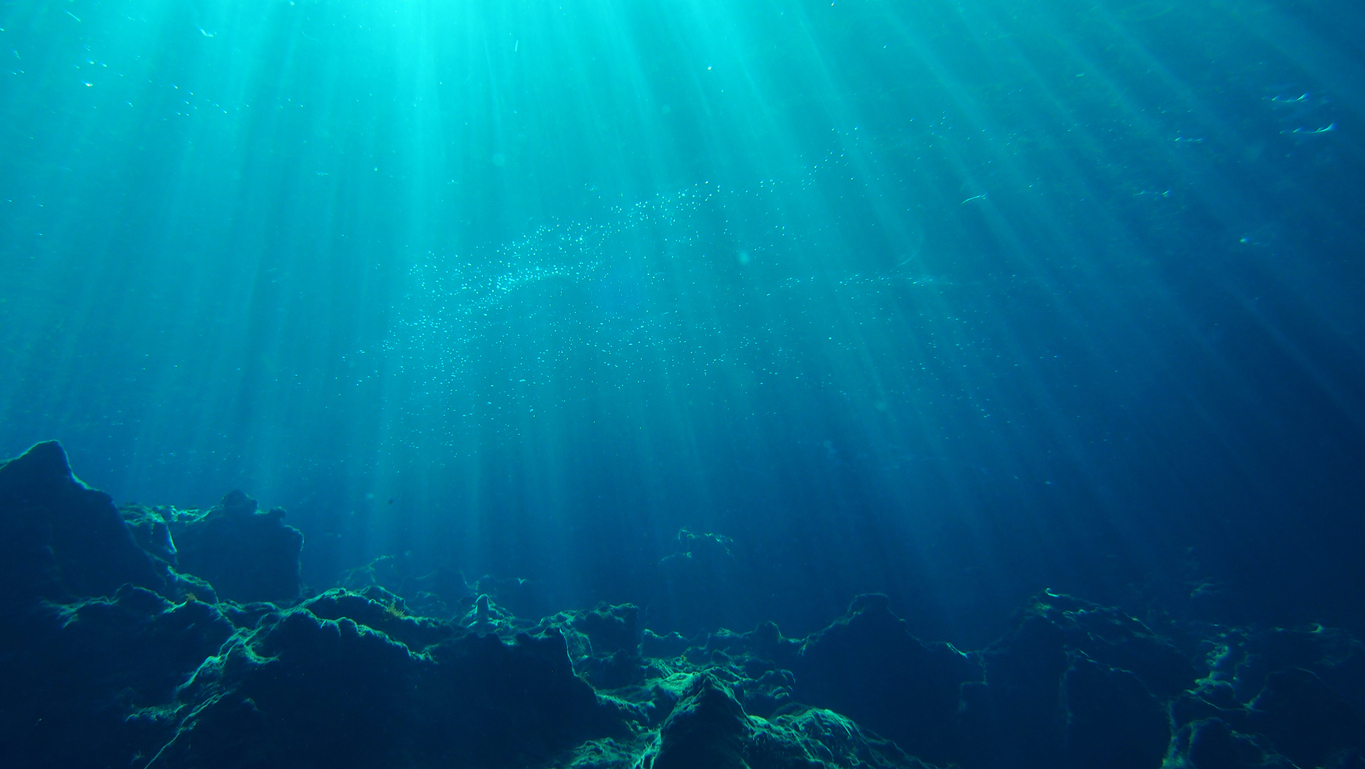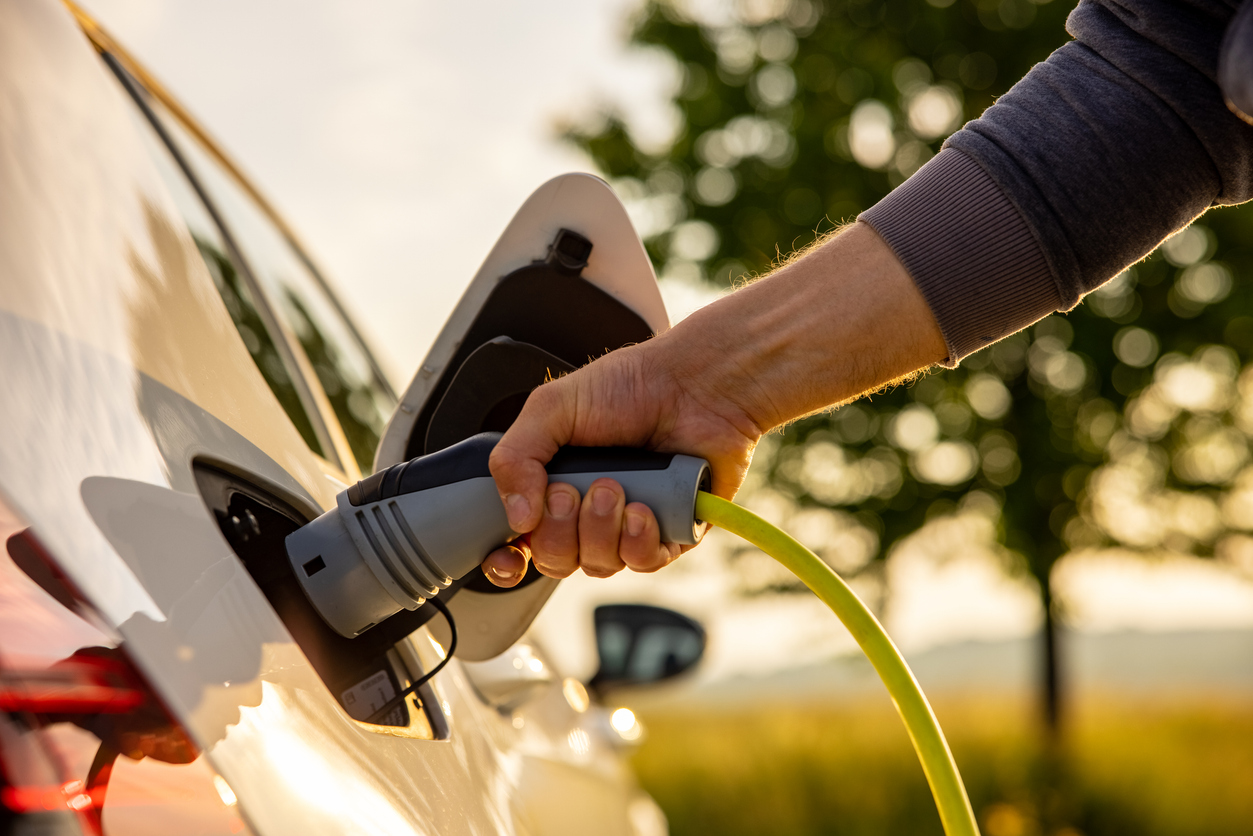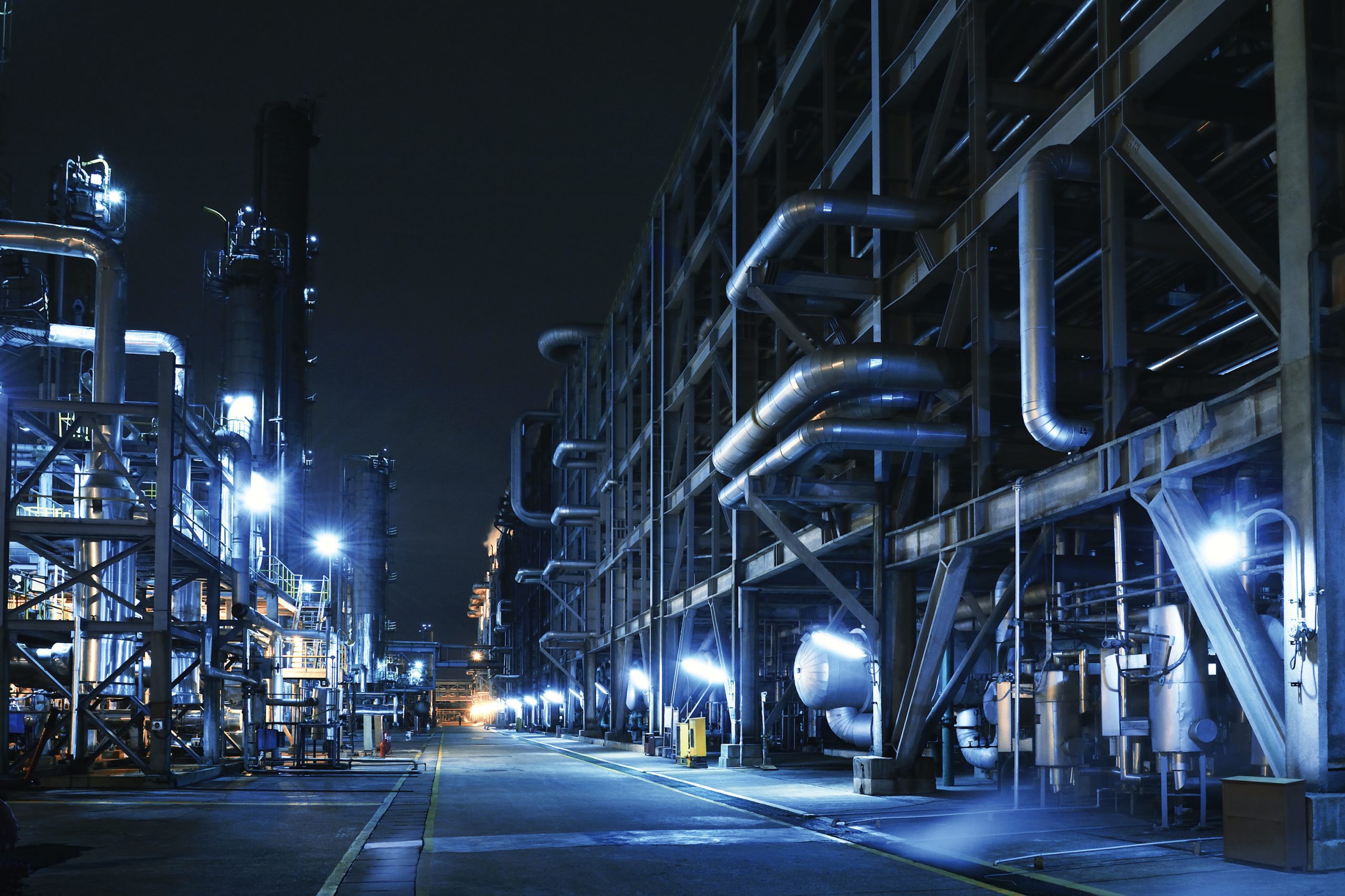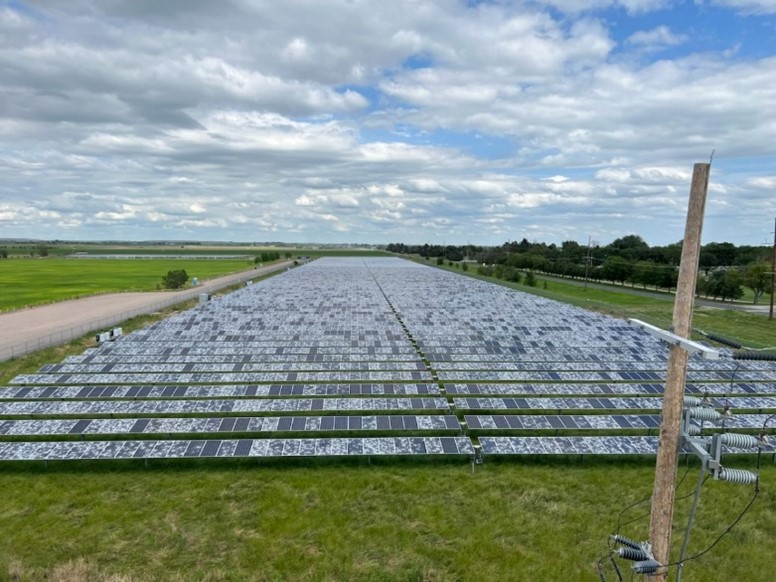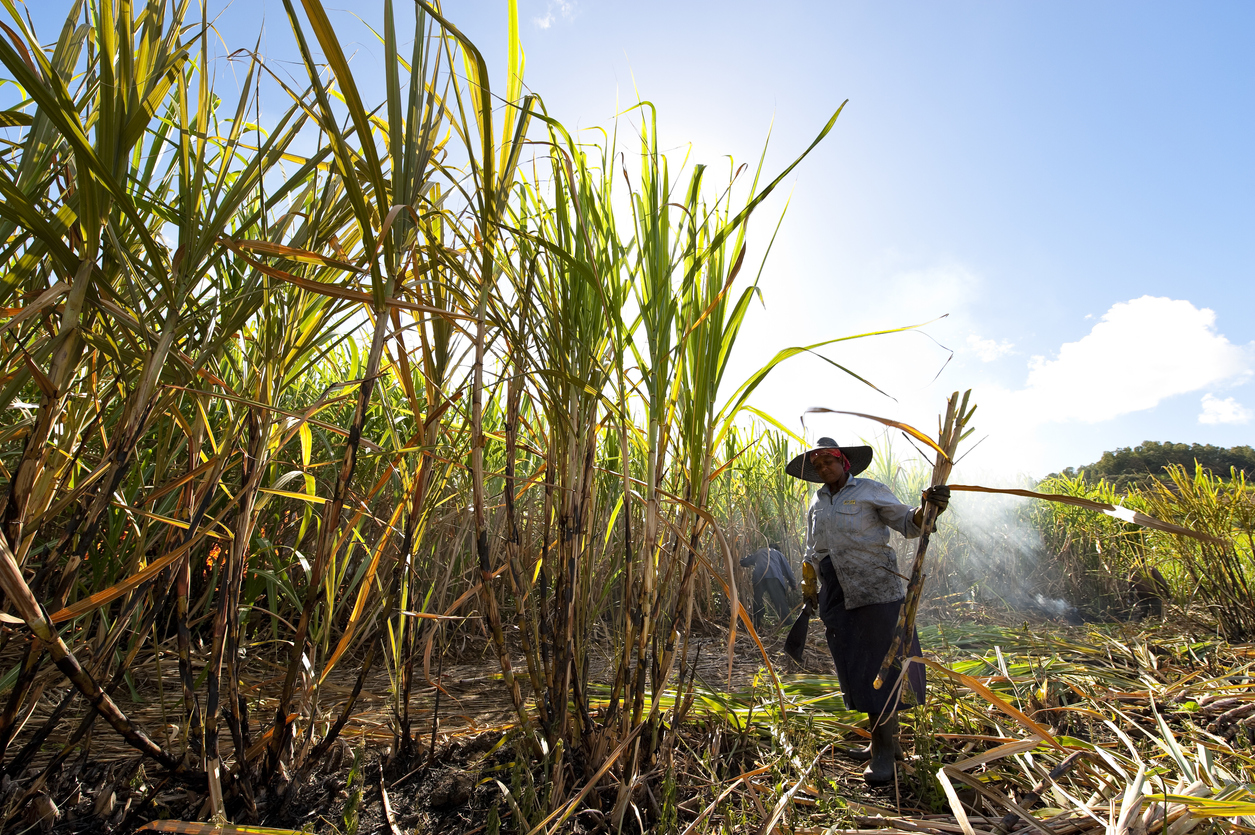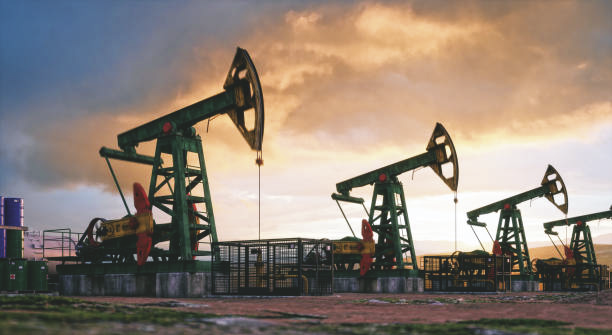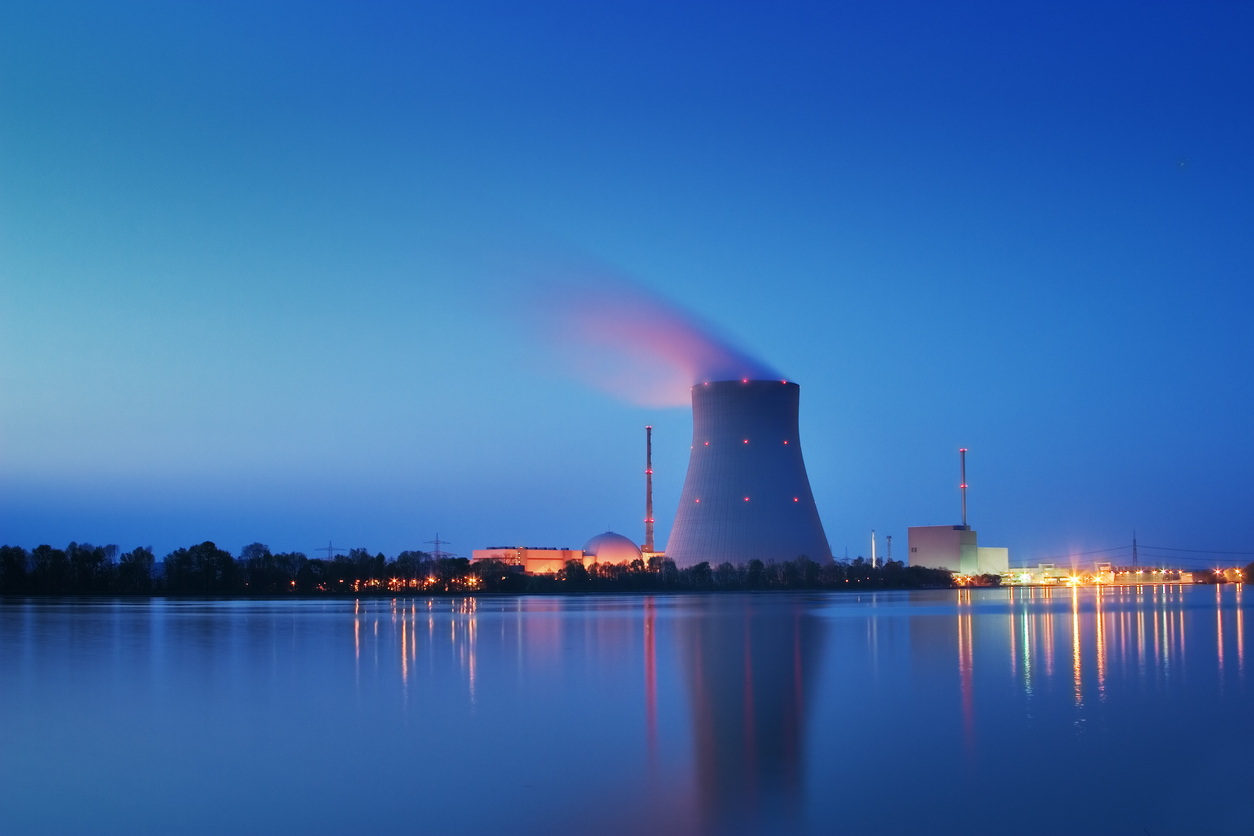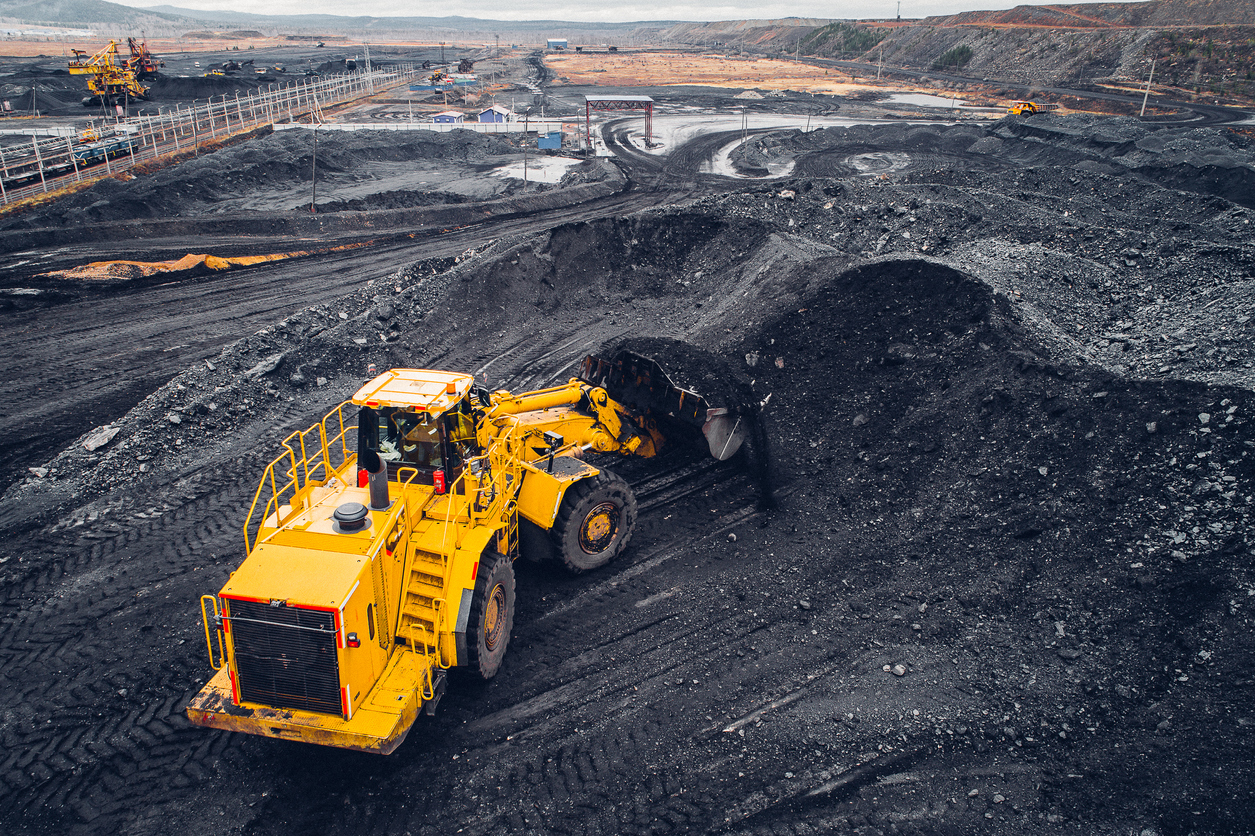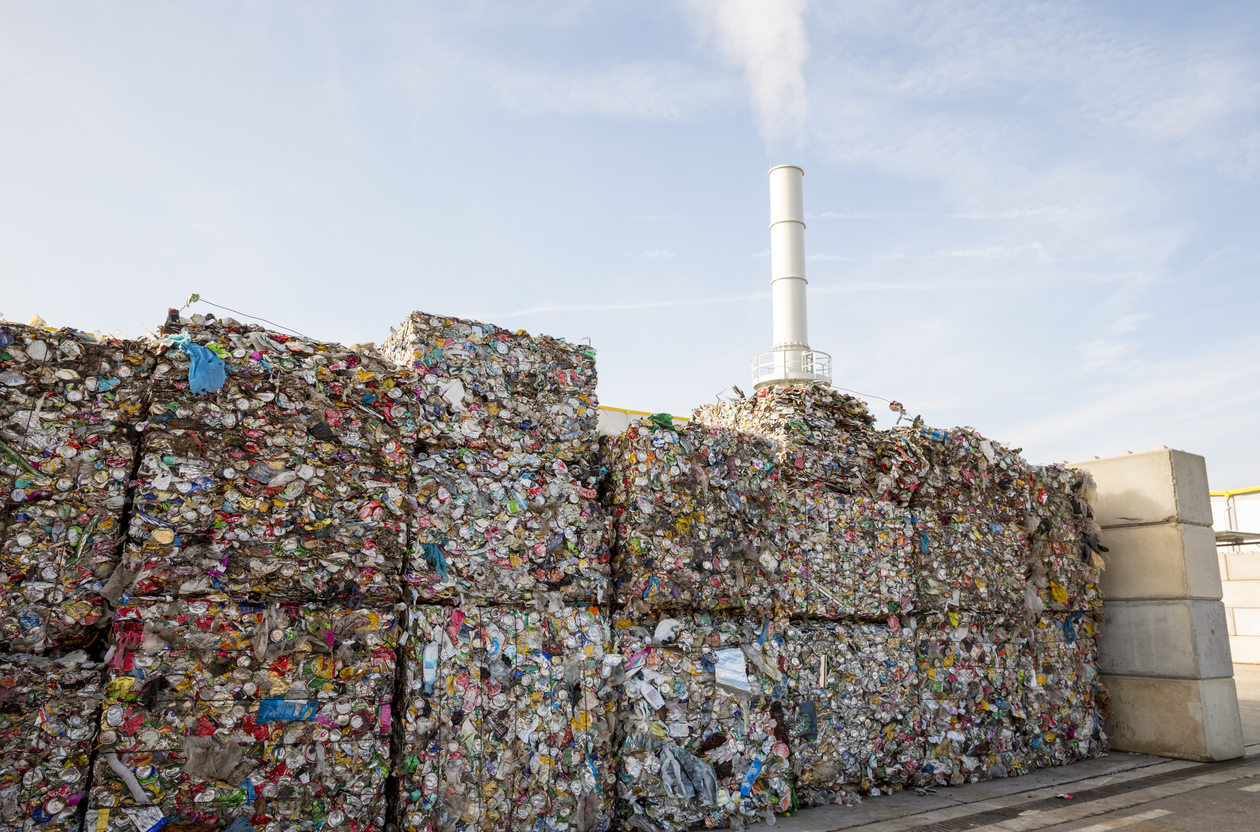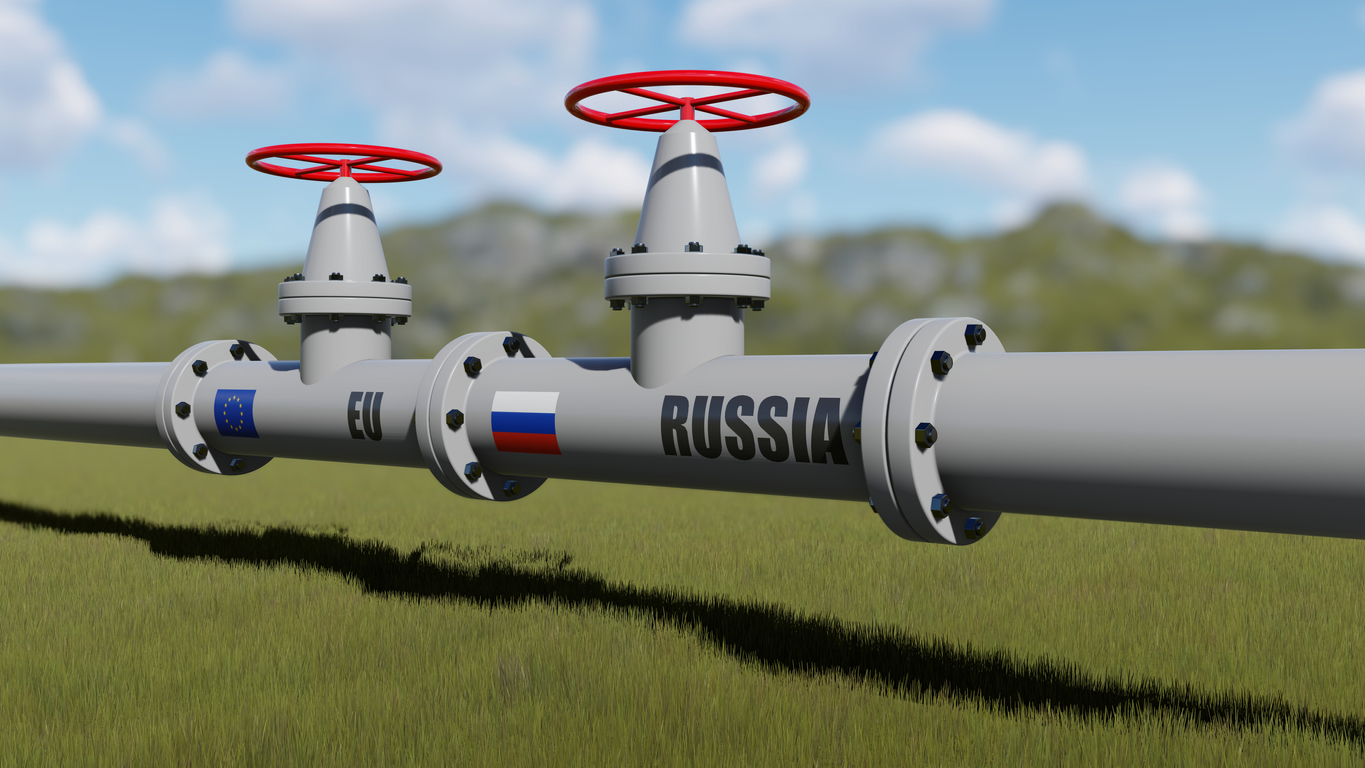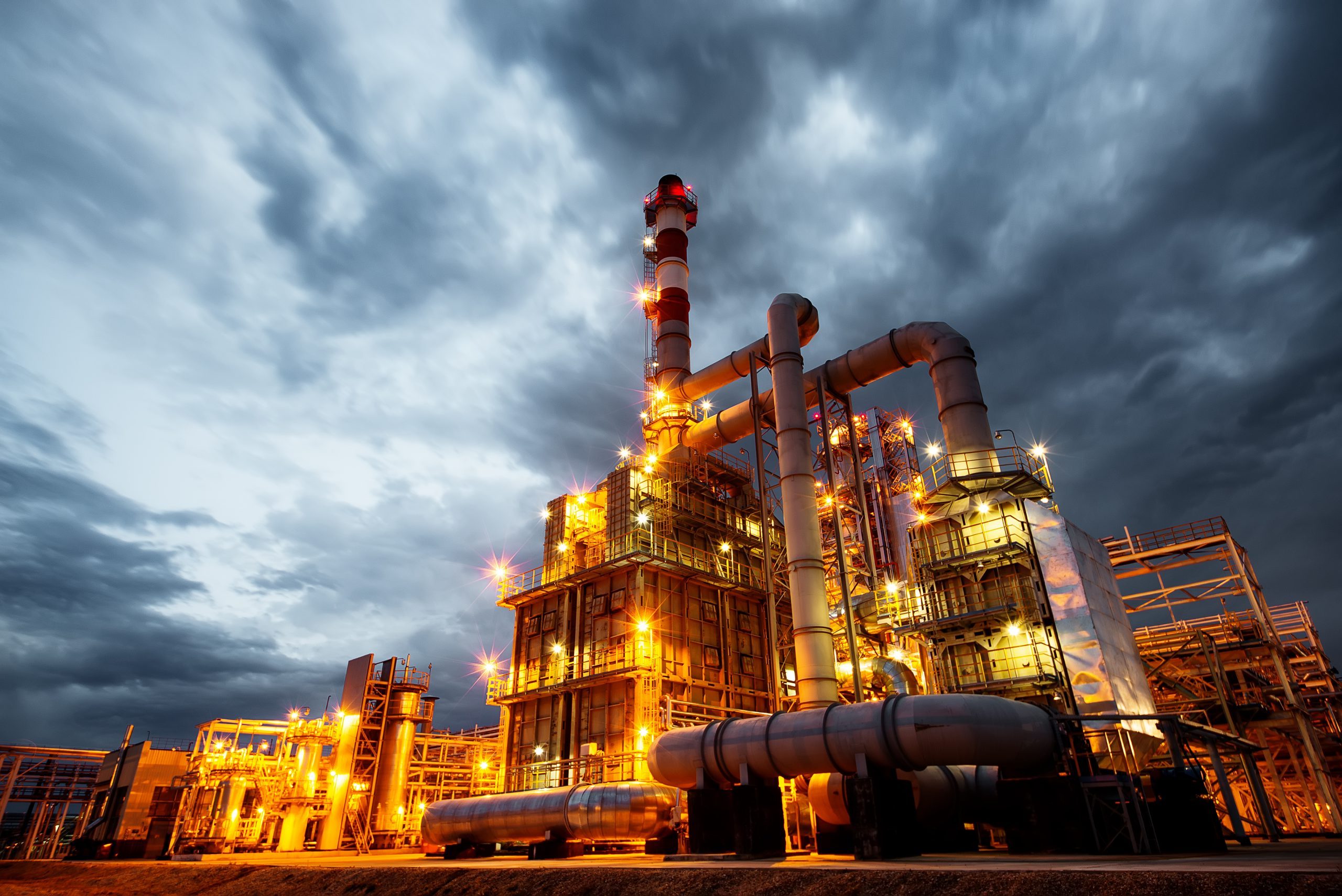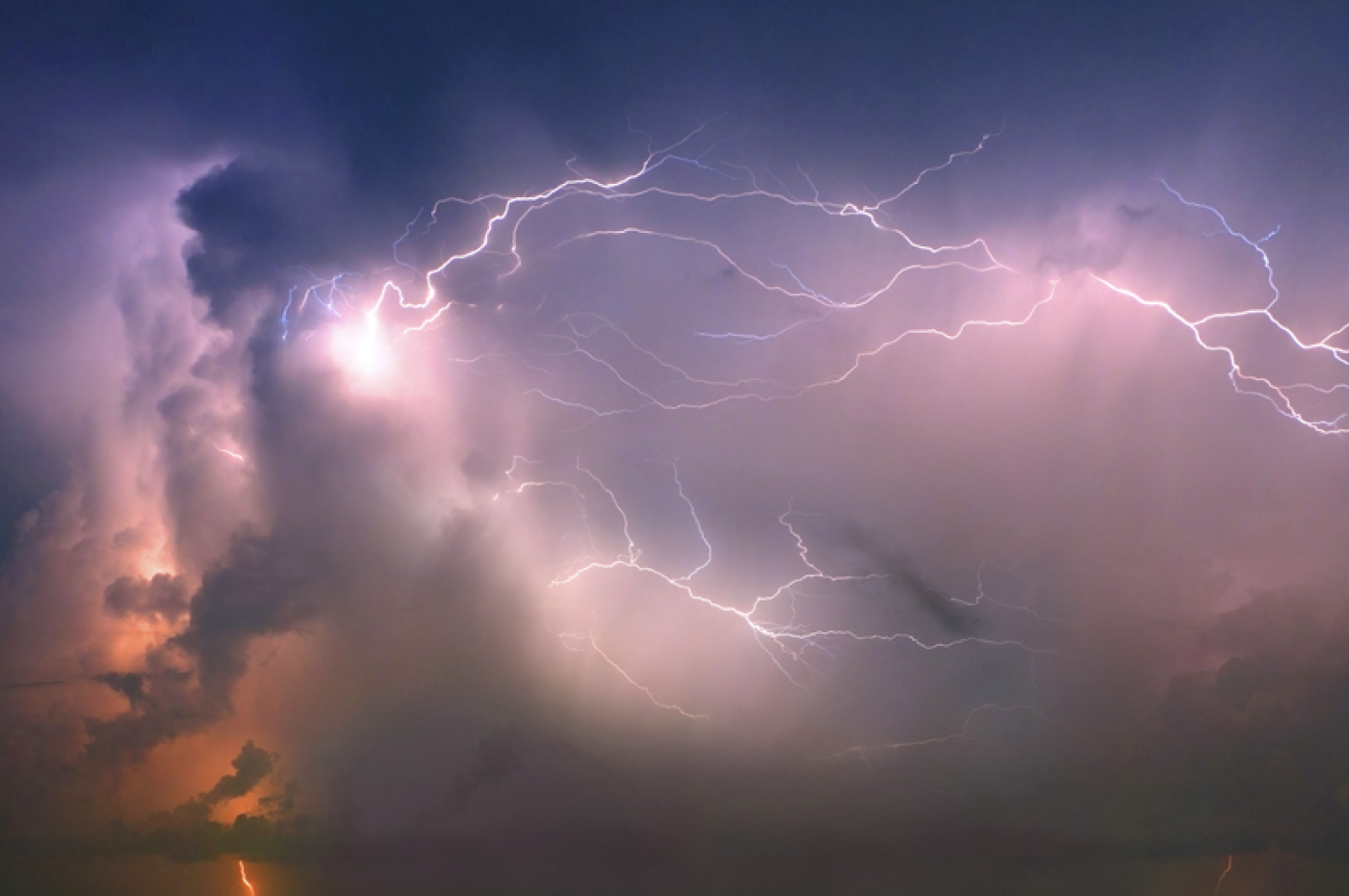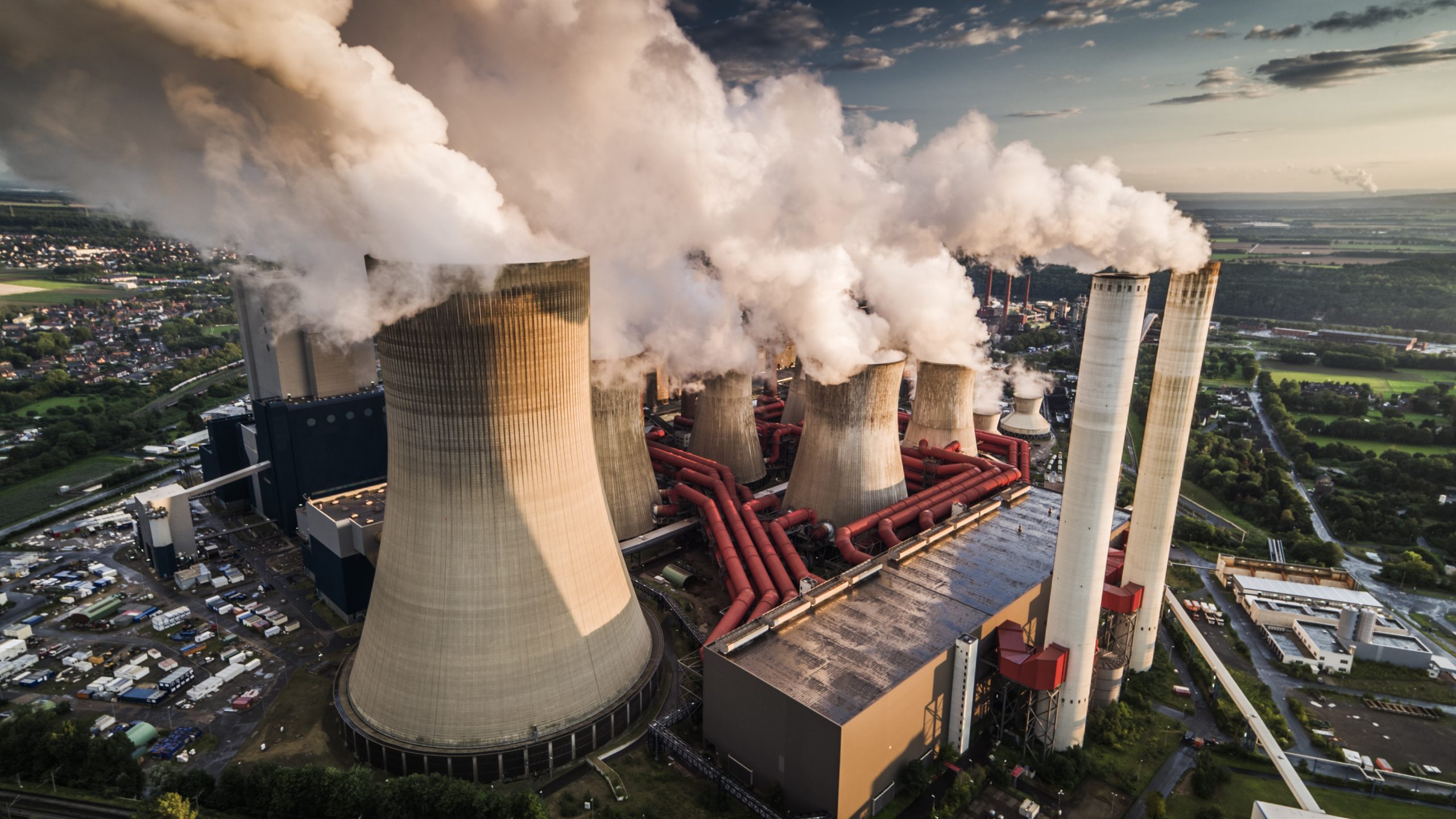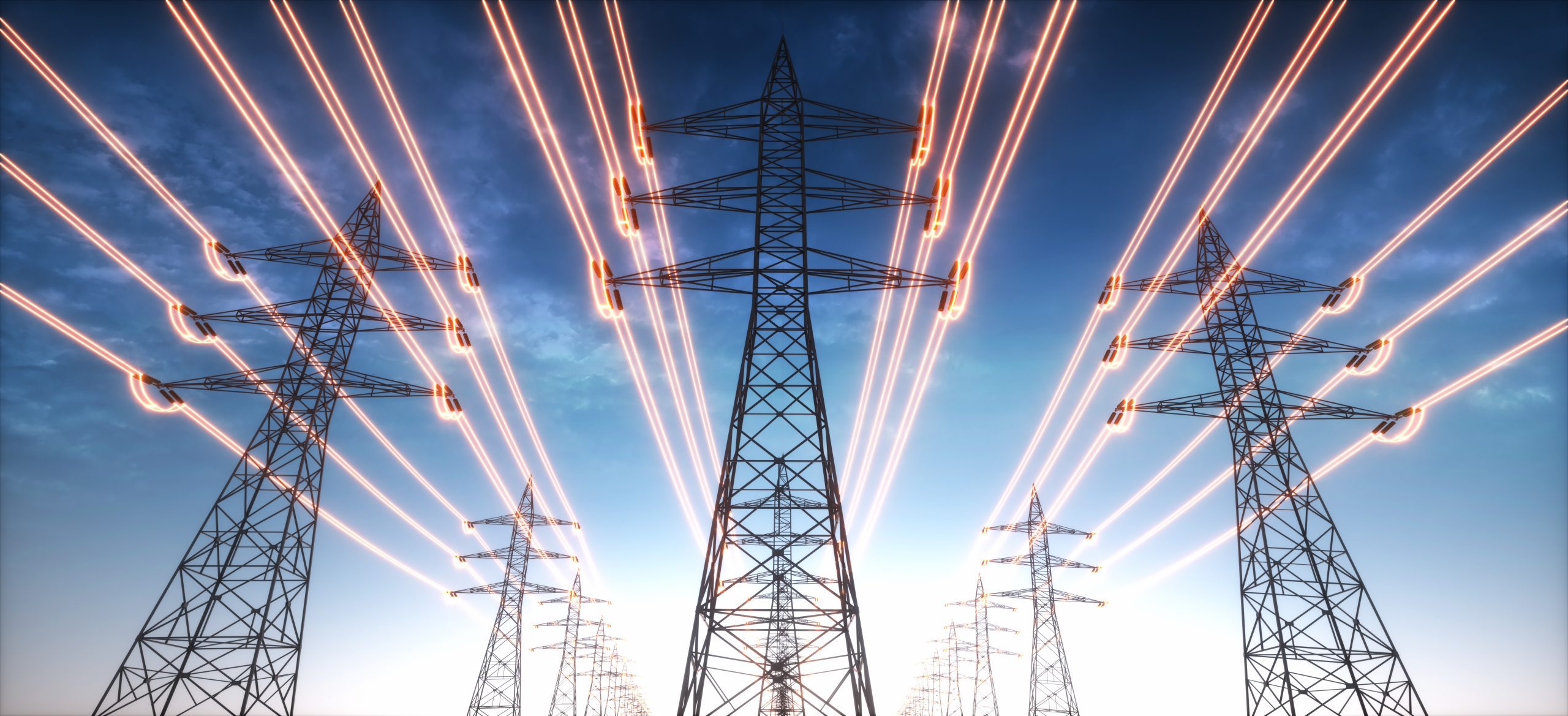Canada is a world leader in power generation as it pertains to sources that do not emit greenhouse gasses. At the current moment, 83% of generation comes from non-emitting sources. Canada’s goal by 2030 is to have 90% of power generation come from non-emitting sources. How will this be achieved and what challenges will be faced in the near future?
Hydroelectric Generation
The largest component of Canada’s non-emitting generation sources is hydroelectric generation which accounts for 60% of the current generation. By all accounts, Canada still has an immense volume of untapped potential when it comes to potential hydroelectric power generation. However, transforming this potential into functional generation faces its challenges. Investment costs can be very high and the associated environmental concerns can be significant.
One, yet unknown, challenge facing the hydroelectric power generation industry in Canada is the impact of climate change. Hydroelectric stations are generally dependent on the natural flow of water. Typically, the highest levels of flows (runoff) are experienced over the course of winter and spring coinciding with the melting of snow. These flows naturally reduce through the warm summer months and increase again in the fall as the cycle continues.
Most hydroelectric generators will maximize generation at an optimal flow rate. Reduce the flow rate and generation will decrease. Increase the flow rate above optimal and generation will also decrease. It is expected that global warming may cause a shorter runoff period in the winter/spring. This shorter runoff period may overwhelm current generating stations with higher flow levels and result in increased discharge/spills and reduced generator efficiency.
Increased flooding as a result of more significant rain events will have similar impacts.
There will be a need to modify dam reservoirs to handle increased sediment resulting from stronger runoff/water flows and updating of systems to handle increased debris in the water bodies from the potentially stronger storms.
The above challenges will undoubtedly require additional generation capacity to be built that can handle power consumption demands in the warmer months when already low levels of hydroelectric generation are further negatively impacted. This will pose a significant challenge in Canada achieving its 90% goal of non-emitting sources, as the plants typically built for the purpose of assisting with temporary generation shortfalls are natural gas plants. Further hydroelectric generation capacity may not necessarily be able to assist with seasonal generation capacity shortfalls from existing hydroelectric stations.
Small Modular Nuclear Reactors
One recent development which will aid in Canada achieving its non-emitting generation goals is the use of small modular nuclear reactors (SMRs). SMRs are, as the name suggests, smaller than a typical nuclear power generating station and are intended for non-traditional sites where power generation needs are less than 300MW, to as low as 2MW.
SMRs are clearly still in the developmental phase within Canada. Only one such site has been proposed at this time – a 15MW facility at the Chalk River Laboratories research facility site in Ontario. SMRs will be vital in replacing existing coal and natural gas plants while providing a stable energy supply to the grid (counteracting any variability from hydroelectric stations) and offering a cleaner energy source to off-grid communities that rely heavily on carbon-emitting generation, such as diesel. However, it will be some time before we see these units incorporated into the Canadian power system.
In the meantime, the impact of the changing generation landscape in Canada must also be assessed from an insurance perspective. A tighter energy supply will undoubtedly result in higher energy prices and larger time element claims.
Furthermore, claims may become more abundant as hydroelectric generators are put under additional pressure with increased runoff and larger storms resulting in increased water flows and the increased likelihood of existing generators sustaining damage.
In addition, the use of historical models in assessing the risk of a particular station may become less relevant as we move forward and conditions change. The use of historical models will also be less relevant in quantifying damages in the event of a time element claim. This possibility will undoubtedly make the process of setting insurance limits more complicated and challenging.
Ultimately, the power generation industry in Canada has changed significantly in recent history as it has reduced its fossil fuel dependency, however, this journey is still ongoing and the power generation landscape in Canada will continue to adapt.
The statements or comments contained within this article are based on the author’s own knowledge and experience and do not necessarily represent those of the firm, other partners, our clients, or other business partners.






